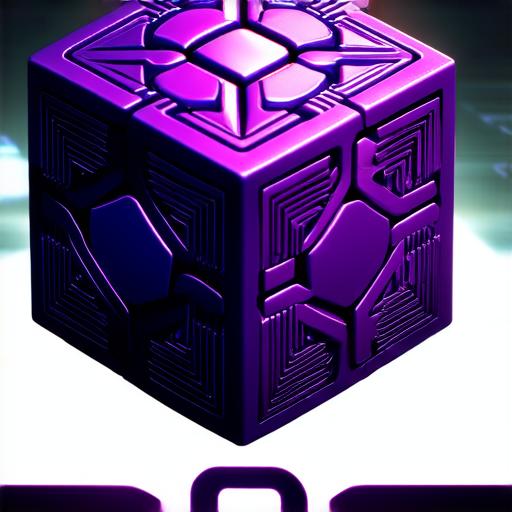Introduction
Blockchain technology is rapidly gaining popularity as a secure and decentralized way to store and share data. At the heart of this technology are blocks, which are individual units of data that contain information about transactions or other events. In this article, we will explore what makes a block in blockchain technology, its purpose, and how it works.
What is a Block in Blockchain Technology?
A block in blockchain technology is a collection of transactions that have been verified by the network’s nodes (computers) and added to a public ledger. Each block contains a unique identifier called a hash, which links it to the previous block in the chain. This creates an immutable record of all the transactions that have taken place on the network.
The Purpose of Blocks in Blockchain Technology
The primary purpose of blocks in blockchain technology is to ensure that data stored on the network is secure and decentralized. By linking together blocks of verified data, the network creates a tamper-proof record of all transactions that have taken place. This makes it difficult for anyone to manipulate or falsify data, as any changes made to a block would require altering all subsequent blocks in the chain.
In addition, blocks in blockchain technology provide transparency and accountability. All transactions are recorded on the public ledger, which can be accessed by anyone on the network. This allows for greater trust between parties, as both parties can see that each transaction has been verified and is part of a larger, auditable record.
How Blocks Work in Blockchain Technology
The process of creating and adding blocks to the blockchain involves several steps. First, transactions are submitted to the network by users or other applications. These transactions are then verified by the network’s nodes, which use complex algorithms to check that the data is valid and meets certain criteria (such as having enough funds to complete a transaction).
Once a transaction has been verified, it is added to a block along with other verified transactions. The block is then cryptographically secured using a hash function, which creates a unique identifier for the block based on its contents. This hash link the block to previous one in chain and makes it immutable.
Finally, the block is broadcast to the entire network, where it is added to the public ledger. Once a block has been added to the ledger, it cannot be changed or deleted, ensuring that the data stored on the network remains secure and tamper-proof.

Real-Life Examples of Blocks in Blockchain Technology
There are many examples of how blocks have been used in real-life applications of blockchain technology. One well-known example is Bitcoin, which uses blocks to record transactions on its public ledger. Each block in the Bitcoin blockchain contains a unique identifier and contains information about transactions that have taken place on the network.
Another example is Ethereum, a decentralized platform for building smart contracts and decentralized applications (dApps). The Ethereum blockchain uses blocks to record the state of smart contracts and dApps, allowing users to execute complex agreements and transactions in a secure and transparent manner.
Block Size and Block Time
One important aspect of blocks in blockchain technology is their size and the time it takes for them to be added to the ledger. The size of a block determines how much data can be stored in each block, which in turn affects the speed at which transactions can be processed. A larger block size allows for more transactions to be included in each block, but also increases the risk of centralization, as larger blocks may only be created by powerful nodes on the network.
The time it takes for a block to be added to the ledger is known as the block time. The block time varies depending on the specific blockchain platform being used. For example, Bitcoin has a block time of 10 minutes, while Ethereum’s block time is currently set at 15 seconds.
